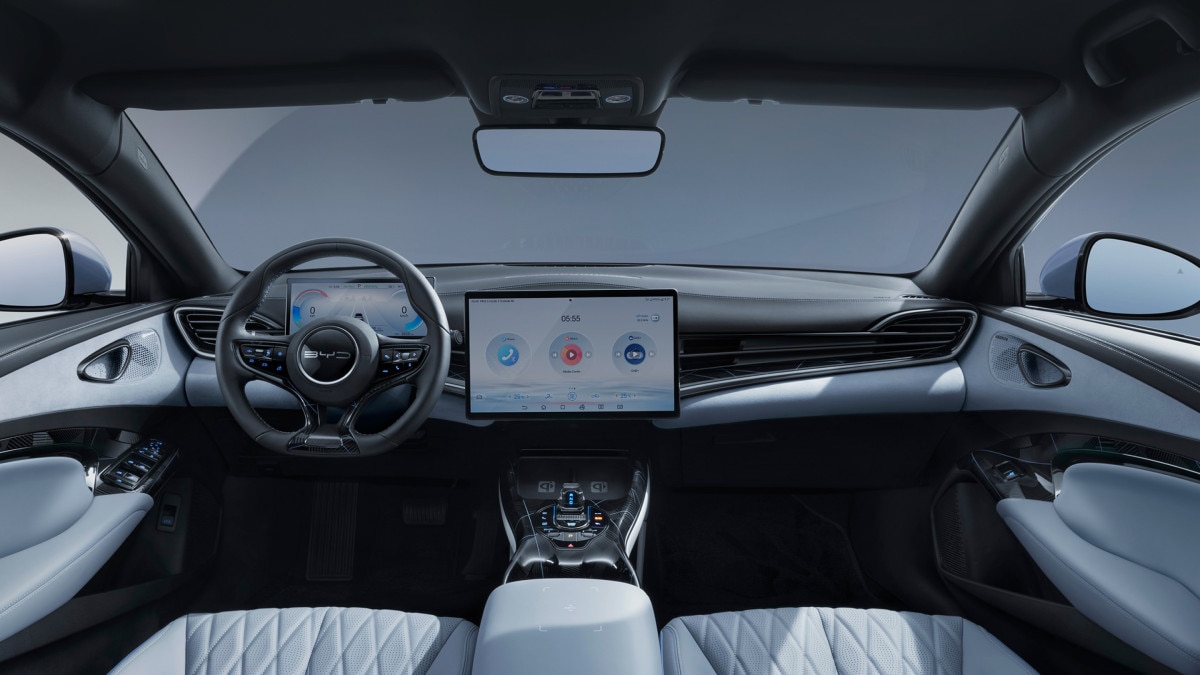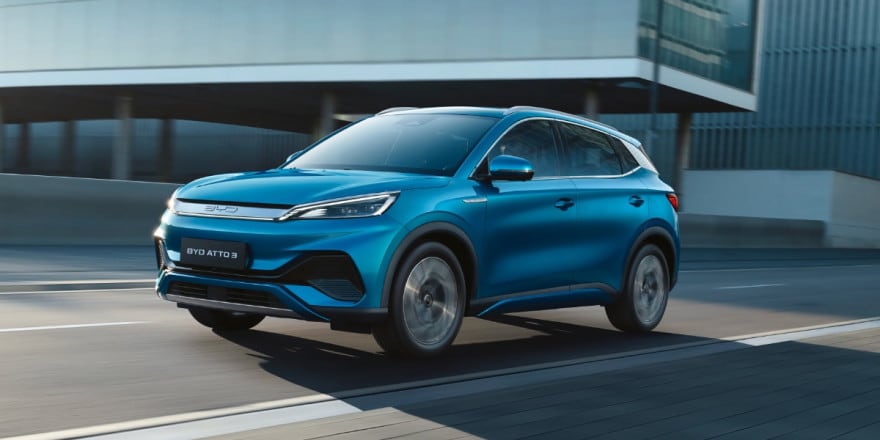BYD bets on intelligent driving functions: the new ADAS will arrive from March

One of the keys to understanding the success of BYD, the largest producer of electric cars in the world, lies in the ability to independently produce most of the components, which will soon include the new systems assisted driving developed independently (do you know how assisted driving works?).
The Chinese giant is in fact investing well 14 billion dollars in developing its own intelligent driving technology, and just last month unveiled its architecture Xuanji, a “brain” capable of perceiving changes in the car‘s internal and external environment in real time and acting accordingly.
Now, however, news has arrived from China that BYD has March 30 will release its first assisted driving feature to Denza N7 SUVs via an update, starting in the city of Shenzen (where the company is based).
The passage is very important for BYD, which until now has relied on third-party solutions for its assisted driving, but which will now start to stand on its own two feet.
Just at the time when it is introducing high-end vehicles.
And in fact this is the central point of change brought by the manufacturer: the transition from the mass market to a more premium sector. The success of BYD it is in fact due to the fact of producing electric vehicles low-cost drivers, for whom a lower price is more important than access to advanced intelligent driving systems.
However, with the launch of new premium brands Yanwang And Fang Cheng Baoeverything changes: if you want to increase profits and compete with Tesla and Rivian, as well as with local producers Nio and Xpeng, you need technologies that are up to par.
This is why investing in intelligent driving, with a development team of 4,000 employees, 3,000 of whom are software engineers. For comparison, the development teams at Nio, Li Auto, and Xpeng consist of 1,000 – 1,500 developers.

BYD Act 3
According to what was leaked by the Chinese media, in the future, BYD vehicles with a price higher than 39,000 euros (300,000 yuan) will include the new technology as standard, while those with a lower price can get it as an option.
At this point it will be interesting to know first of all in What consist of these new ADAS, and then what will BYD’s policies be in European market.
In fact, in China a car like the Act 3 it costs significantly less than 300,000 yuan indicated as a watershed (139,800 yuan), while in Italy it costs 38,790 euros, which places it right at the turn of the indicated figure. But we don’t have much hope: the figures are indicated for the Chinese market, and if the object of BYD’s investments is the premium sector, i.e. cars costing more than 100,000 euros like Yangwang U7 and the SUV U8the goal is to increase the profits, rather than spreading one technology across the entire range.



